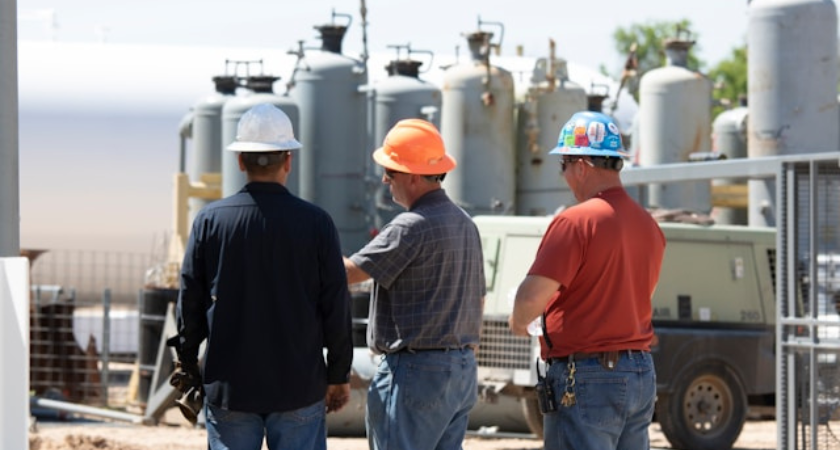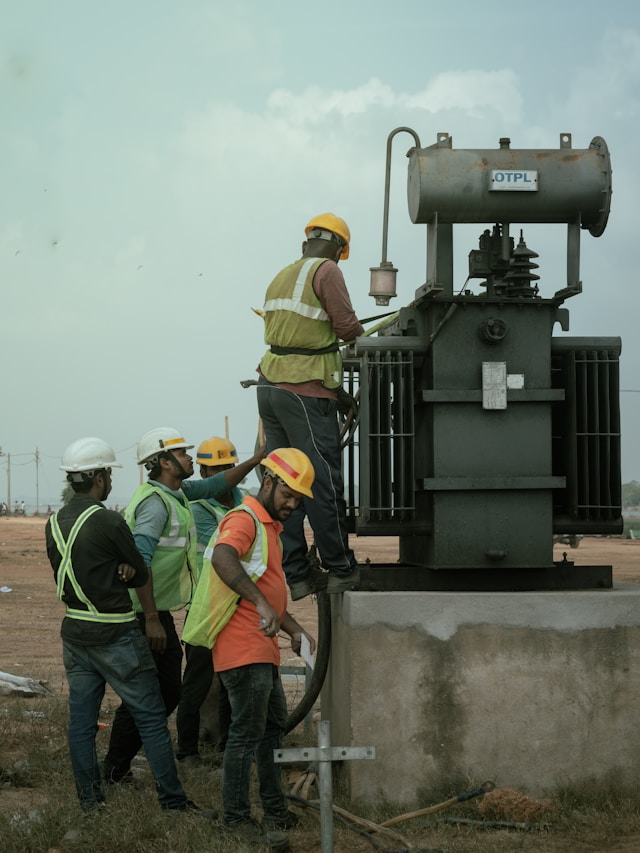
Louisiana’s growing leadership in liquid natural gas (LNG) production and exports is driving a wave of construction activity, signaling one of the most significant energy infrastructure expansions in the United States. As the state continues to invest in multi-billion-dollar LNG facilities and energy-intensive data centers, construction professionals are preparing for a decade-long surge in industrial, utility, and commercial development.

Louisiana currently accounts for 61% of total U.S. LNG exports, according to The Center Square, positioning it as a central player in global energy markets. The state’s strategic location along the Gulf of Mexico, coupled with access to major shipping lanes and a skilled industrial workforce, has made it a preferred destination for large-scale energy investments.
A $10 billion LNG production and export facility in Sulphur is already under construction, anchoring the state’s next wave of growth. Meanwhile, three additional LNG facilities worth nearly $25 billion combined are in various stages of preconstruction, according to ConstructConnect Project Intelligence (CCPI).
These developments build upon Louisiana’s deep-rooted energy infrastructure, which continues to evolve toward greater capacity and efficiency. According to the U.S. Energy Information Administration (EIA), natural gas accounted for 73.5% of Louisiana’s total utility-scale electricity generation as of July 2025—a figure that underscores both the state’s reliance on and mastery of the resource.
“The already impressive scale of production and planned expansion of LNG production facilities provide an attractive location option for energy-intensive operations,” notes the report. This infrastructure not only supports exports but also attracts industries that require stable, high-capacity power generation—most notably data centers and advanced manufacturing facilities.
The state’s robust power grid and abundant natural gas production have captured the attention of data center developers seeking reliable energy sources for their operations. In 2025, Louisiana saw the groundbreaking of its first two major data center megaprojects—a sign that the energy-tech intersection is now a defining feature of the state’s economy.
A $10 billion Meta facility in Jefferson Parish and a $2.5 billion Hut 8 AI data center have both broken ground, according to CCPI data. These massive developments are set to reshape Louisiana’s digital infrastructure and job landscape, driving demand for skilled construction labor, materials, and long-term maintenance.
The Meta data center alone is projected to consume approximately 2,600 megawatts (MW) of power, according to 2024 filings with the Midcontinent Independent System Operator (MISO). To sustain this power demand, Entergy Louisiana has proposed three natural gas-powered generators capable of producing 2,250 MW—further linking the state’s energy and technology ecosystems.
By sourcing natural gas directly from Louisiana’s expanding LNG capacity, data centers may gain an advantage in reducing power sourcing costs while ensuring fuel reliability for onsite generators. This synergy between energy infrastructure and digital expansion places Louisiana in a unique national position where both traditional and emerging industries converge.
The scale and concentration of these megaprojects represent both significant opportunities and logistical challenges for the construction industry. The combination of multi-billion-dollar LNG and data center projects creates a long-term construction pipeline that could stretch well into the early 2030s.
“Several multi-billion-dollar projects are working their way through preconstruction in Louisiana, indicating potential for a strong construction pipeline extending out several years,” the report noted.
However, the concentration of activity in specific regions—particularly along the Gulf Coast and greater Baton Rouge area—means that construction spending, labor availability, and materials sourcing will require careful management.
.jpg)
General contractors, engineering firms, and specialized trade subcontractors capable of handling industrial-scale projects are best positioned to capitalize on this trend. Companies focusing on energy infrastructure, mechanical systems, and data center construction are expected to see a substantial uptick in bidding opportunities and contract awards.
At the same time, firms must prepare for tight labor markets and increased demand for skilled trades, as multiple megaprojects progress simultaneously. Local training programs and workforce development initiatives are expected to play a key role in supporting the state’s construction ecosystem.
Louisiana’s dual rise as an energy powerhouse and data infrastructure hub underscores the state’s pivotal role in the national industrial economy. The state’s mix of low-cost energy, strong logistics infrastructure, and strategic Gulf Coast access continues to attract major investors and international attention.
As energy and digital industries intertwine, Louisiana’s construction sector stands at the crossroads of transformation—one that blends traditional heavy industry with cutting-edge technology development.
For construction firms, the next several years promise an environment rich in opportunity, driven by innovation, investment, and infrastructure modernization.
At ConstructConnect, software-driven intelligence helps construction professionals access accurate data, forecast opportunities, and optimize bidding strategies. For more than 100 years, ConstructConnect has provided builders, architects, and manufacturers with insights that guide project planning, preconstruction workflows, and long-term growth. Its latest AI-assisted software tools continue to empower clients to find, bid on, and win more projects efficiently in a competitive market.
Originally reported by Devin Bell in Construct Coonect News.